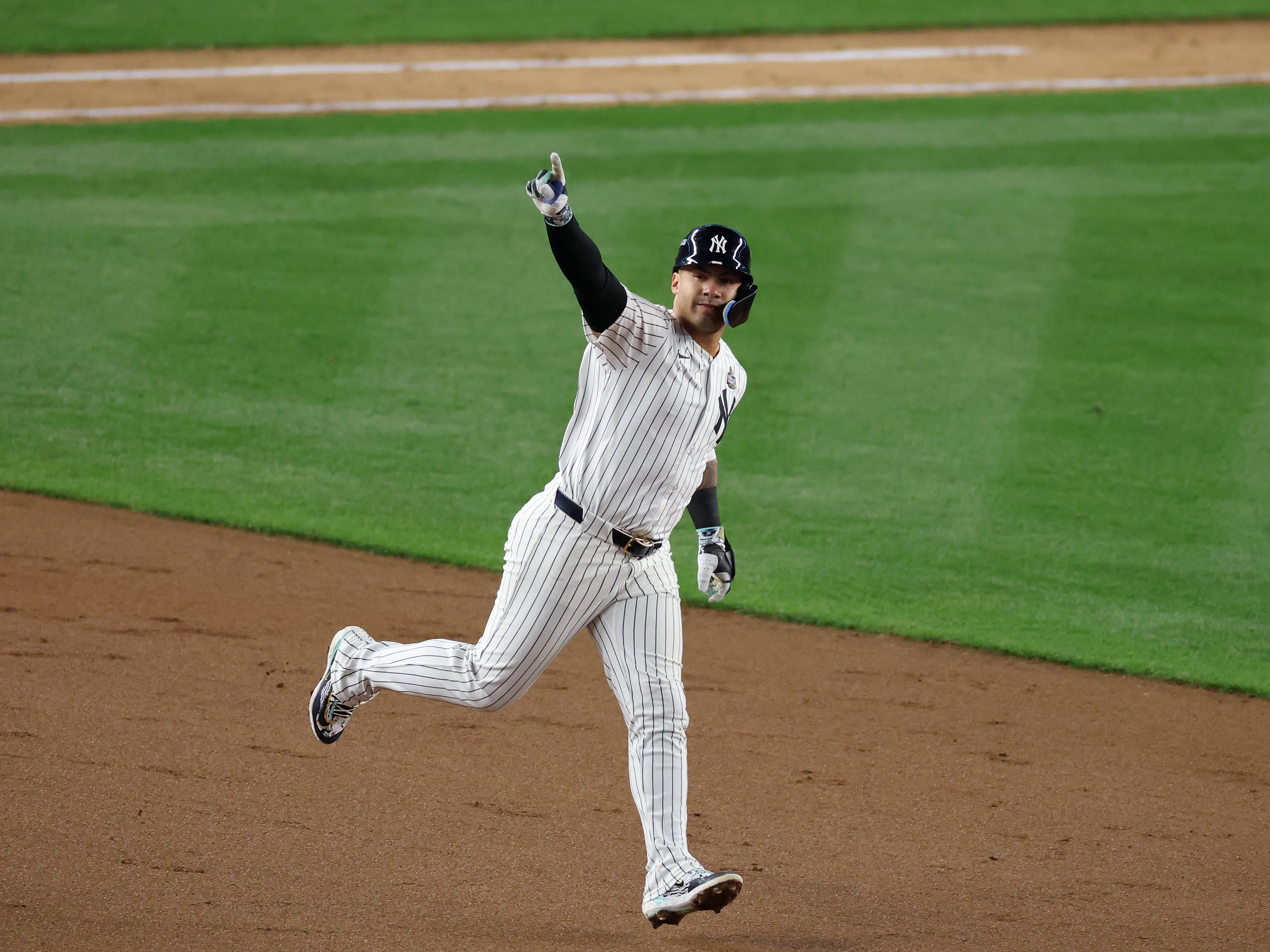I used to be part of the art world but I just can’t stomach it any more. Now I’m in prison, and it suits my conscience better. Back in the 1980s, art was my life. Aged 16, I fell head over heels for painting and could imagine nothing better than spending my life working in museums.
Looking back almost 40 years, I see my younger self, starstruck in Paris. I’m staring up with awe at Théodore Géricault’s The Raft of the Medusa and greedily gobbling up the story of how it scandalised the art world. That sickening green cadaver that almost fell out of the frame had me weeping with admiration. Of course it shocked the critics. They hated the grisly truth: the emaciated corpse that was a direct challenge to government corruption and incompetence.
This was a history painting that focused on something scandalous, current and controversial. It exposed the government nepotism and corruption that placed an incompetent captain in charge of a navy frigate that was subsequently shipwrecked. There were insufficient lifeboats, and he and his fellow officers saved themselves, abandoning the lower-class crew to death by murder, cannibalism, starvation.
Géricault thrust this gruesome horror right in front of polite society’s eyes. He starkly showcased the extreme individual suffering that results from political corruption and self-centred individualism. I was bowled over by the realisation that art could be a mechanism to expose horror and greed, that it could stir up the social soup, shock, shake, prod, horrify, question and provoke change. You won’t be remotely surprised to learn that the painting was only fully appreciated after Géricault’s death.
But, as my younger self worked towards building a future among masterpieces such as this, I was not even aware of another brutal and insidious tale of corruption that was unfolding unseen. Fossil-fuel companies were covering up the consequences of the deadly activities that brought them unspeakable profit at the expense of everyone else. They knew unbridled consumption of fossil fuels would cause mass death and devastation to the natural world, but forged ahead regardless while most of us carried on in ignorant bliss.
Working in museums and historic houses for more than 25 years, as a curator, a collections manager, a registrar and a conservation cleaner, it was my job to care for irreplaceable precious things. Sometimes I was accompanying a glamorous be-ruffed Van Dyck to an exhibition. Maybe I was carefully packing a dirty, broken shoe telling the tale of a nameless working woman. I cleaned out gutters and drains to prevent leaks, trained staff to evacuate or protect historical objects in the event of fire or flood, scrutinised temperature and relative humidity readings, adjusted blinds to stop the slightest hint of destructive sunlight, consulted security experts on the latest anti-crime gadgets. My colleagues and I aimed always to manage the natural process of deterioration and do all in our power to slow it down so these objects could be preserved for future generations.
What the hell were we thinking? What a phenomenal waste of time, while the bodies are piling up right now with suffering written all over them, just like Géricualt’s emaciated, shipwrecked corpse.
As I was lovingly protecting these artefacts from deterioration, fossil-fuel executives were violently accelerating the process of destruction of the entire natural world. In league with politicians, financiers and industry leaders, they were busily destroying the very future that I was preserving these things for.









